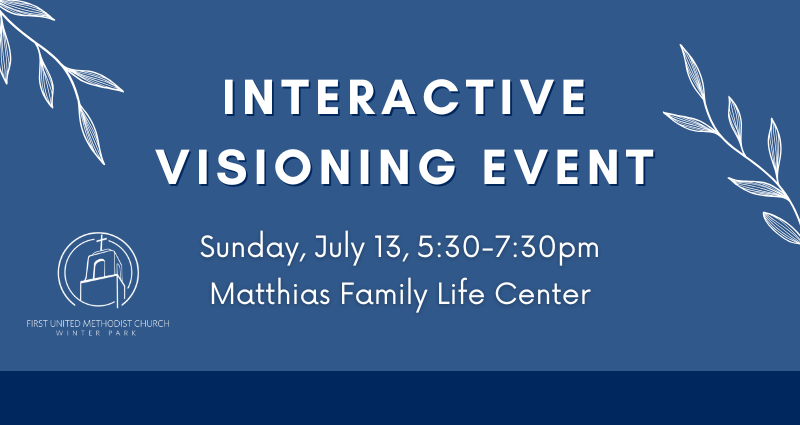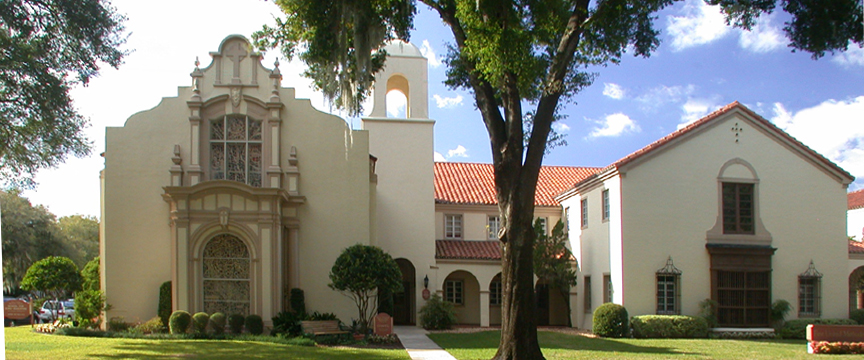Month: August 2022
Devotion: History of the Israelites (Amos 5)
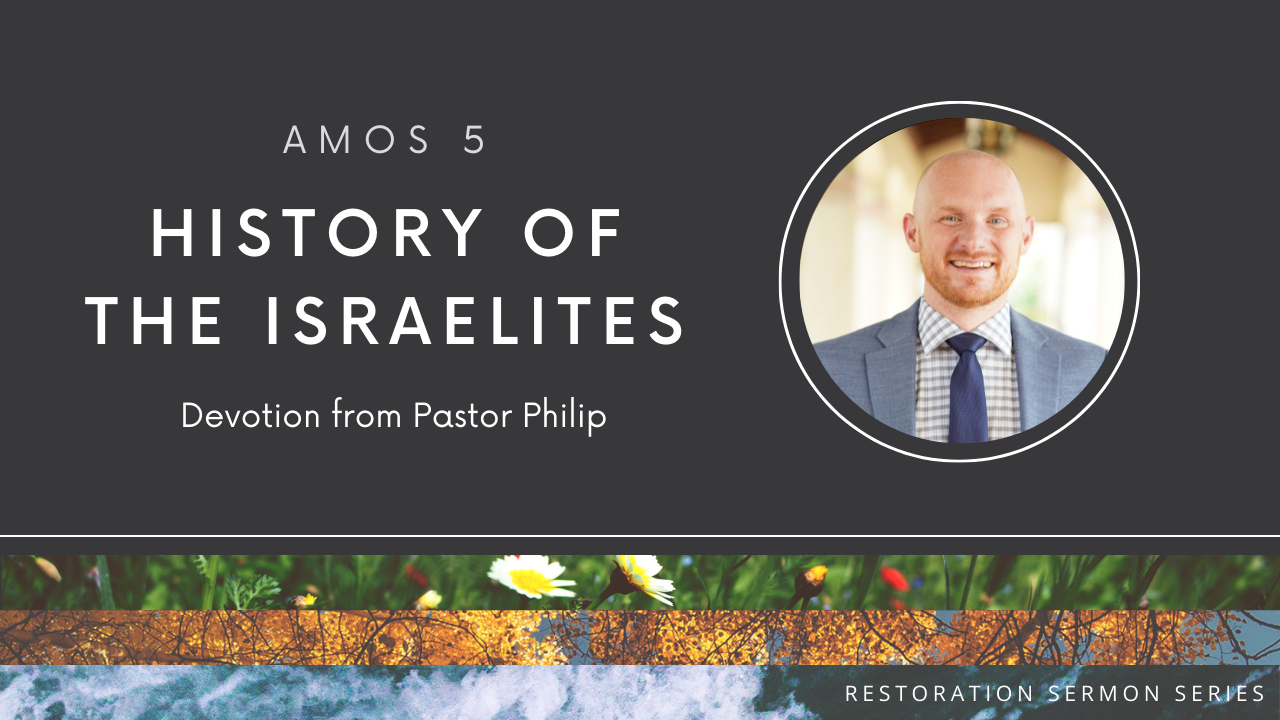
Reeves Center Update
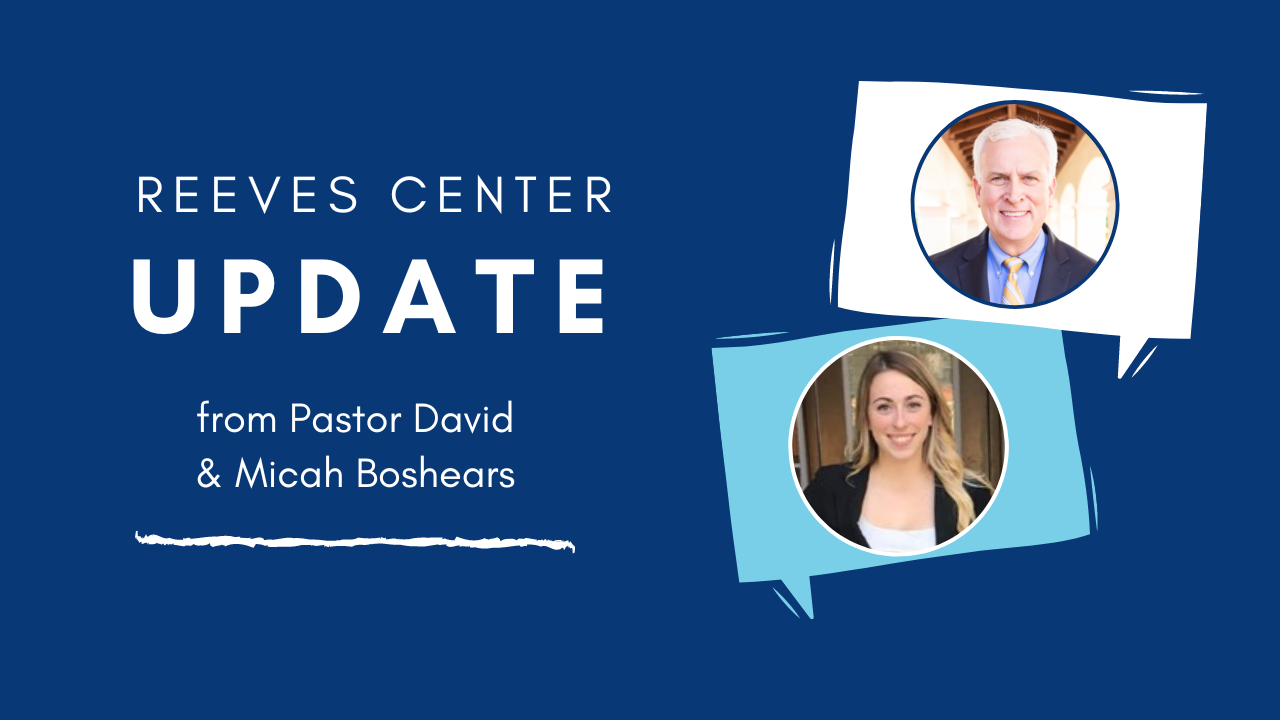
Devotion: Amos 4
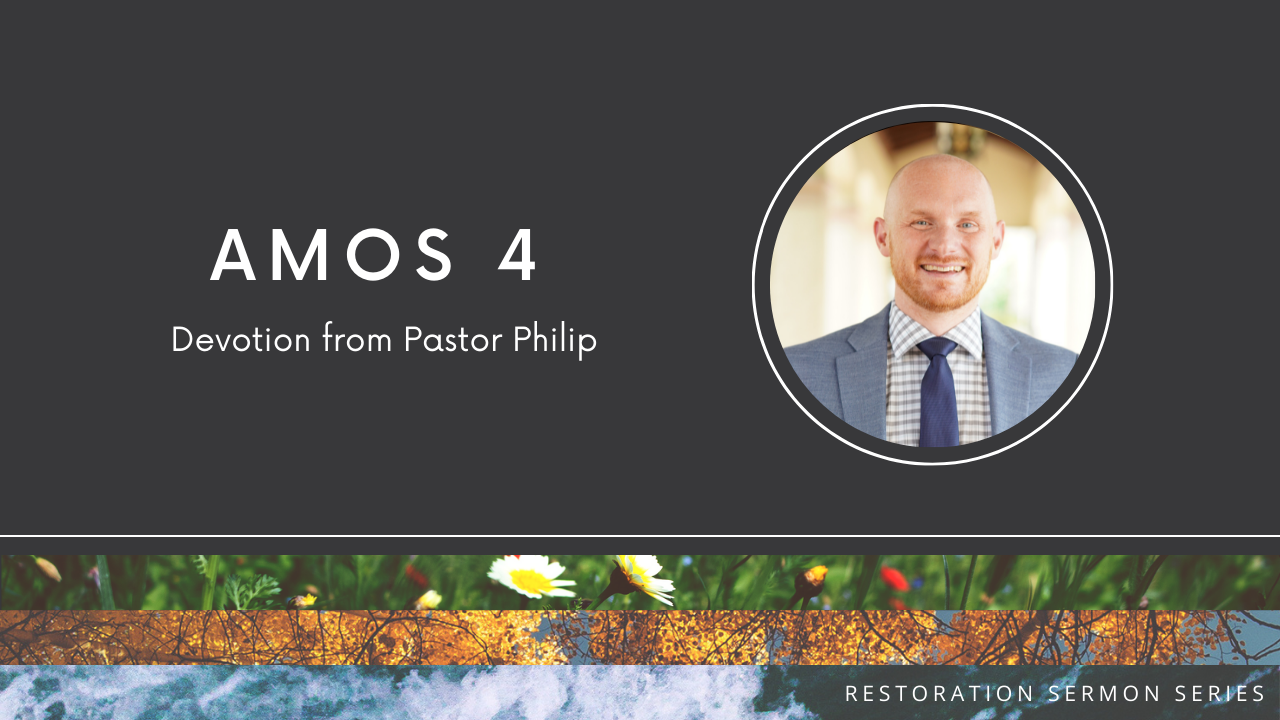
Devotion: Remember Who You Are

There are multiple scenes from “kid” movies that speak deep messages to me. One such scene is from the Lion King when grown Simba comes to face his past and remember his future. He is in a Wilderness space and encounters Rafiki who tells him that he will show him his Father, Mufasa who has been gone for many years. After following this ‘crazy baboon’ to the water’s edge, Simba realizes that it is only his own reflection in the pond. But then Mufasa appears in the night sky and tells Simba to “Remember who you are!” Simba asks a few questions that are soaked in guilt and mistrust and over and over again, his Father tells him to “Remember who you are!”
The story of Amos has now shifted from a divine judgment to a divine reckoning. God, through the prophet Amos, is shouting to the people of Israel… “Remember who you are!” What happened right before this chapter is that the people of Israel, God’s chosen people were reminded of the Covenant they had been blessed by and how they had broken that Covenant. Because of the broken covenant, they will now receive divine judgment and punishment for their lack of reverence for the Covenant. Now the people of Israel are being told through the prophet Amos, that it is high time to “remember who you are”.
Biblical Commentators call Amos 3:3-8 a classical example of an identity crisis. We speak of a person suffering from an “identity crisis” when that person has forgotten who he or she is. These verses in Amos 3:3-8 indicate that a whole people, the entire family of God has forgotten who they are and need to be reminded. This chapter can be read as a calling back to one’s true identity. Both Amos and the hearers are questioning their identity. The hearers (Israel) are saying things like, who gave you authority to speak like this to us and the rebuttal argument of Amos back to the people of God reminding them that they have forgotten their true selves.
Have you ever had an identity crisis? Have you ever entered a dark time in your life that left you fumbling over your identity, your self-worth, your belovedness and who you are deep down? I struggled for many years with my call story into the ministry. I wanted to pursue music in the church – I didn’t want to be a pastor. I had seen the struggles my aunt had walked through as a pastor and I didn’t want that for my story. I remember thinking, I must have heard God wrong. I must be mistaken. This is not the person God has called me to be. But at some point in my struggle, I had that ‘Mufasa’ moment when I decided to “Remember who I am” in Christ and in God’s family. I let go of my misunderstandings, my fears, and my assumptions of what God can and cannot do and I stopped fumbling with my identity.
I wonder if the people of Israel had struggled with their own identity and knew only in words that they were chosen, but it had not sunk in. I wonder if this Identity crisis had been coming on for a while ever since the splitting apart of the Northern and Southern Kingdoms and if the people of Israel had felt lost for a long time. There is something of course about conflict and division that leaves you fumbling for clarity. But it can also be an opportunity for each of us to decide who we are and remember where we come from. Amos asks seven rhetorical questions of the people in this chapter and if you aren’t careful, you may get lost in the metaphorical language. Instead, I hope you see it as a calling back to our natural selves. He uses animal imagery to say that animals never forget who they are and how they function, but somehow, humanity, created in God’s image forgets all the time. I hope that if you are struggling with your identity, if you have forgotten your worth or doubted your belovedness, I hope this devotion gives you hope again to remember who you are. And I hope you will reach out to someone in this church; a friend, a pastor, a leader and let us know how we can help you REMEMBER WHO YOU ARE.
5 Things to Get Excited About!

A Story from Belfast by David Witwer
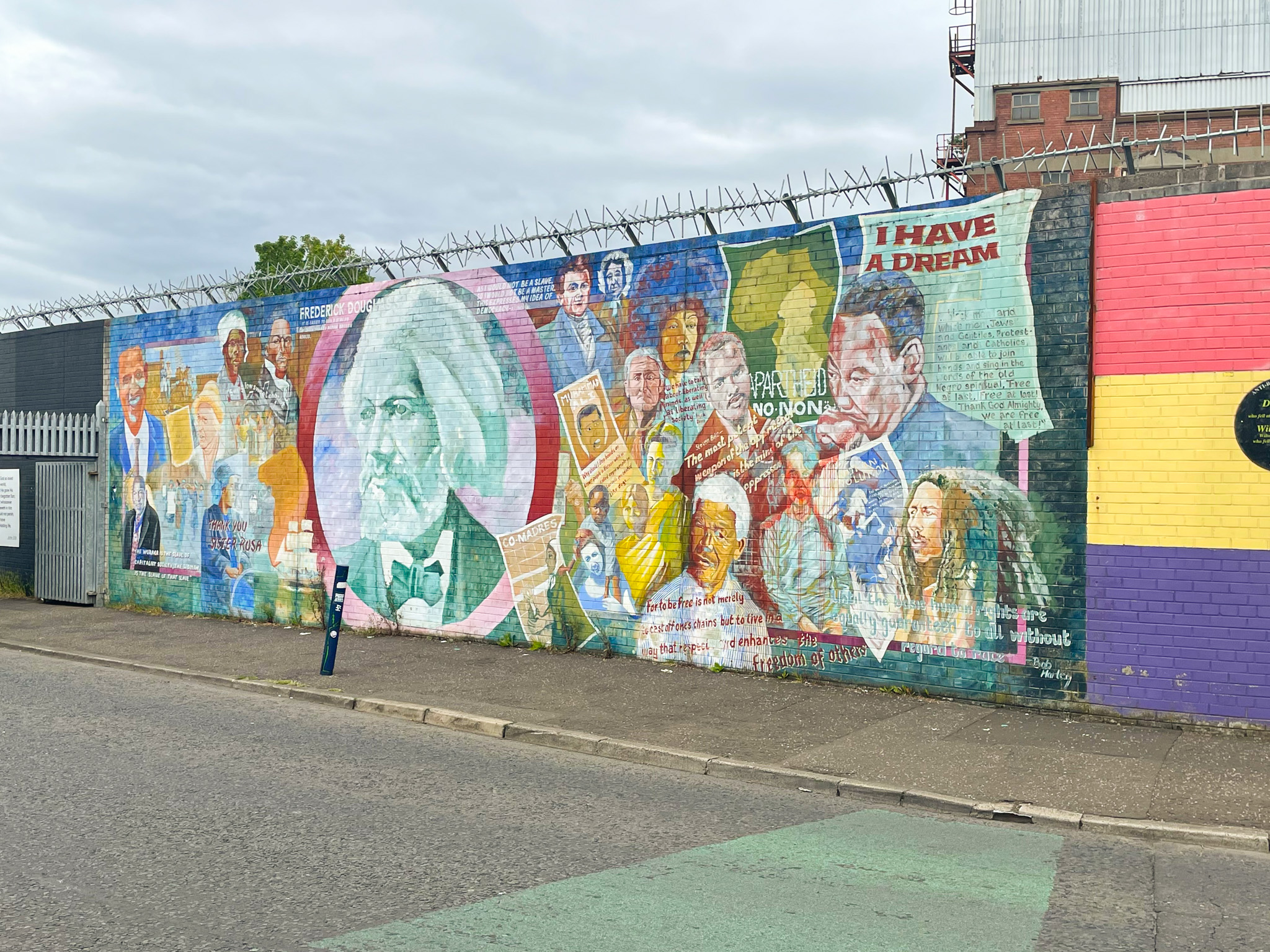
This past June, a group of leaders from our congregation traveled to Belfast, Ireland to learn from its history and how those lessons apply to our context and church community. Below is a story about this experience from one of our lay leaders, David B. Witwer, as well as some of his photos.
“These things have a long tail.” So said Judith Thompson, speaking about promoting victim-centered healing in the aftermath of the Troubles. As former Commissioner for Victims and Survivors, Thompson shared examples of how the legacy of violent conflict shaped contemporary events a generation later. It wasn’t hard for us to see how legacy shaped public spaces as well. Hours after arriving in Belfast, we stood on Shankill Road, one of the hardest-hit Protestant arteries, looking at pervasive scars. Hundreds of tiny Union Jack flags hung over our heads and building-sized displays lined each alley—ranging in tone from pictures of the dead to invectives equating Sinn Fein and ISIS. Forty-five-foot barricades still stood, barbed wire outlined churches, and back porches were fortified against projectiles. Here, history was bleeding.


While the Troubles were certainly an up-close affair, they were also dominated by a culture of silence. “Say nothing” was the rule, as Patrick Radden Keefe’s insightful book details. For some of the fighters, desensitization to violence and dehumanization became the norm. One teenage paramilitary member described the numbing process as “touching ice.” A culture of silence may feel familiar to those of us raised in the church, particularly non-confrontational flavors. Belfast, however, has shockingly transformed into a city with monuments and murals and graffiti everywhere you look, all trying to proclaim heritage and identity in the loudest way. In such a context, perhaps any sort of speech is progress, even if it’s often the wrong message or tone.
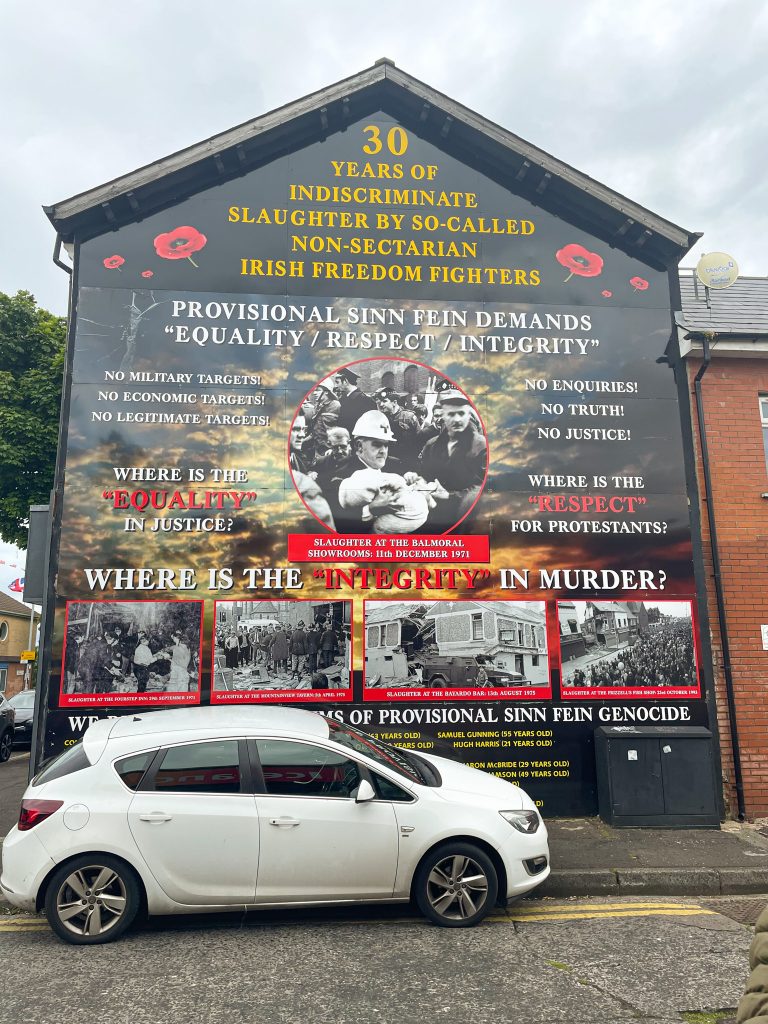
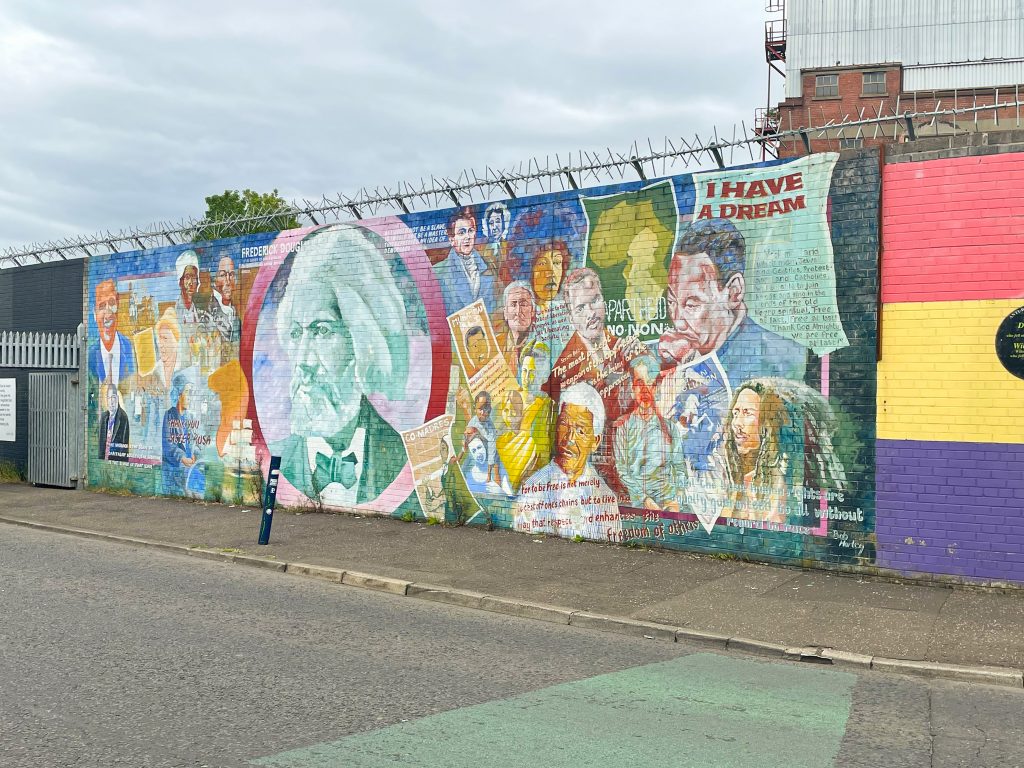
Perhaps what is most evident in Belfast is the principle that peace is never a completed process. Like John Lewis’ assertion that “democracy is not a state, it is an act,” Belfast reminds us of the fragility of peace and the way that past wounds are passed down through generations. More than one local told us that the conflict would be over once people their age died out, apparently forgetting the ways in which they inherited the fight from their own parents and grandparents. Peace must be chosen, and in Belfast peace has meant a power-sharing agreement where no one community may dominate the other. There are strong opposing poles, and a middle ground. The future, like the past, is not simple, a complication that pushes beyond binary thinking and zero-sum logic. To see these dimensions, however, you have to do what Bryan Stevenson’s grandmother told him: “You have to get close.”
Getting close was exactly what Gary Mason and others like him did. “Faith should be about bringing hope into a situation of despair,” he said. Churches like his own Methodist congregation as well as the monolithic Clonard Monastery were pioneers of dialog and connection. For years, even decades, they simply listened, offering their sacred spaces as neutral and common ground to foster improbable dialogs. They engaged the sufferings and fears of their enemies, who responded in turn with trust. This was how peace was brought to Belfast—not through political or military domination of the “right” side over the “wrong” one, but through dialogs that invested in a shared future.
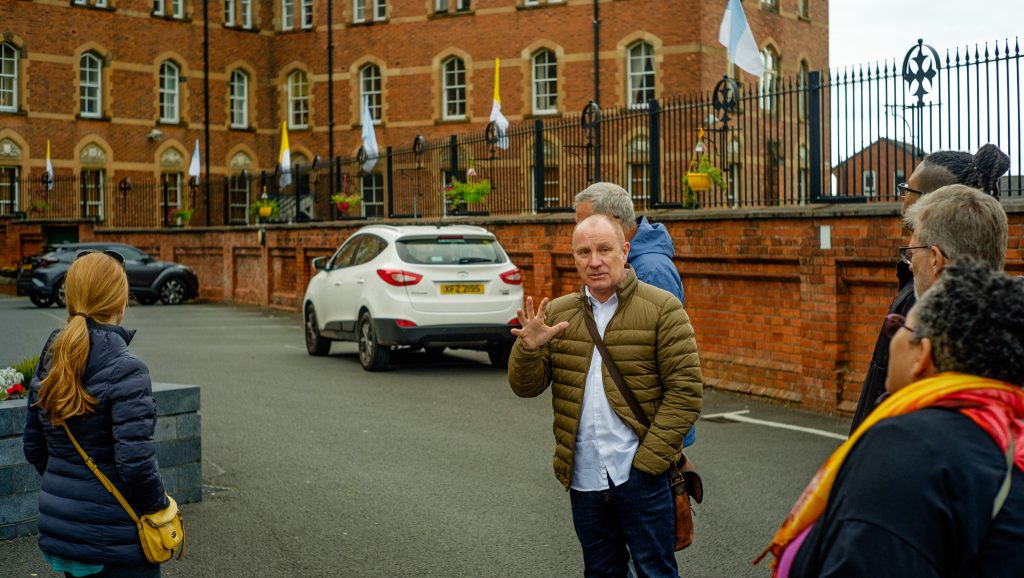

Churches were at the center of this process, although not most churches. Some churches were decidedly part of the problem; for instance, one of the most vitriolic supporters of Protestant terrorism was the Reverend Ian Paisley. Most churches, however, tried to stay out of the thick of it. Peace found them, despite them. Churches have similar choices in the American landscape today. There are plenty of ways in which churches are inciting violence, and plenty of ways that churches are turning a blind eye. What ways remain for churches who feel called to be peacemakers? Who can be our teachers, whether individuals, communities, or even other cultures? How can churches prepare for and sustain uncomfortable work? These are some of the questions that I’ve returned from Belfast with, along with a solidified commitment for myself to work for peace in whatever ways I can.
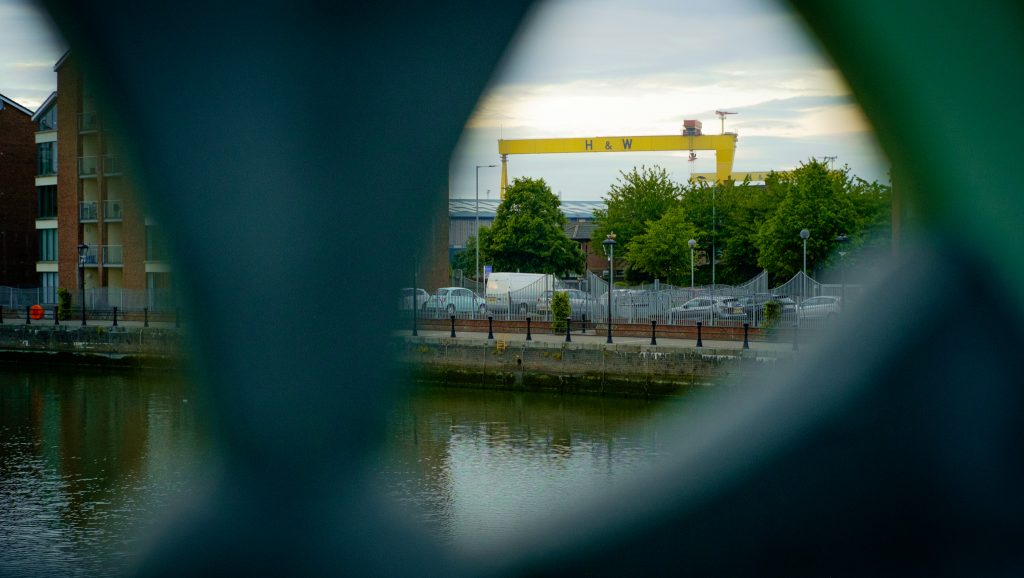

Devotion: God and the Other Nations – A Prophetic Call to Anti-violence
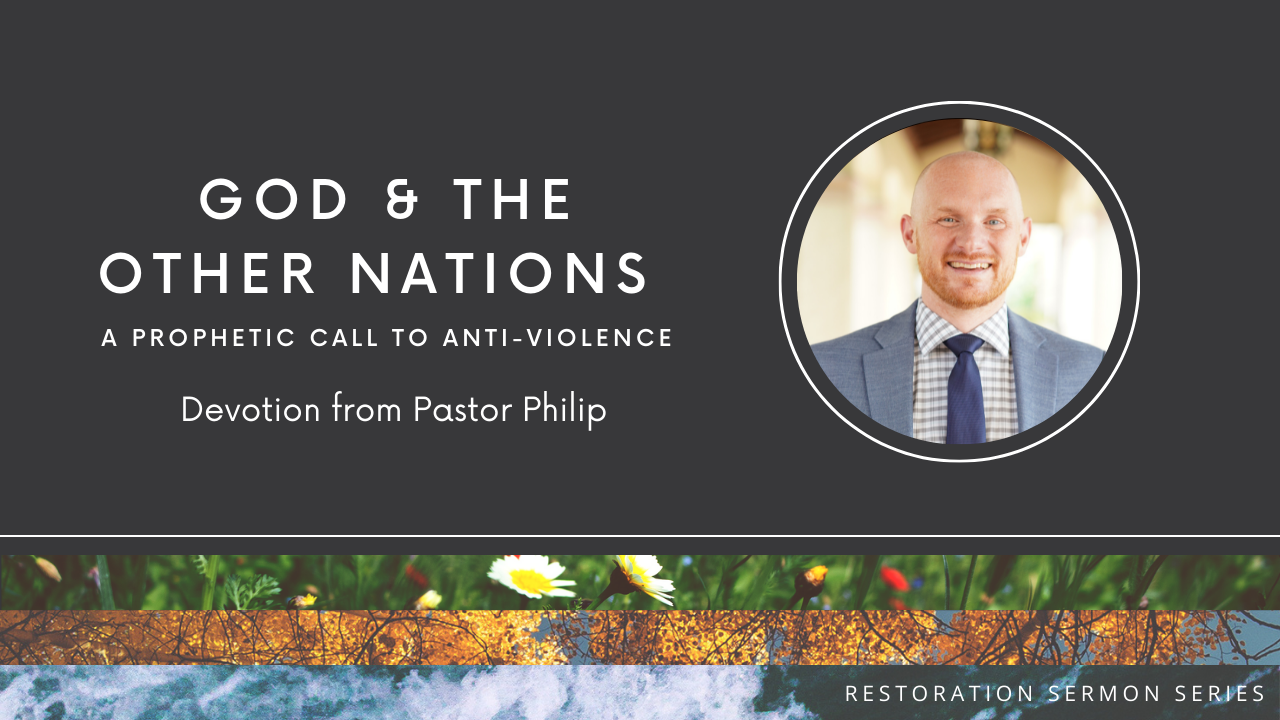
Retirement Announcement
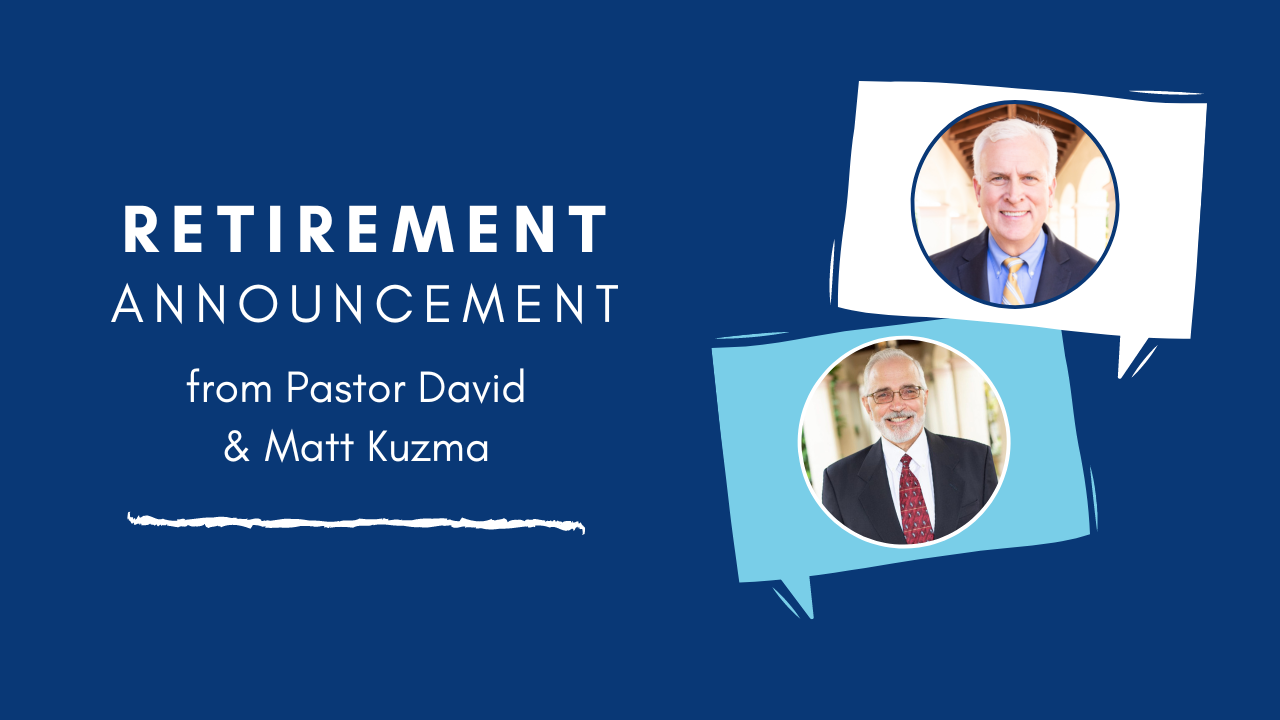
Devotion: King Jeroboam
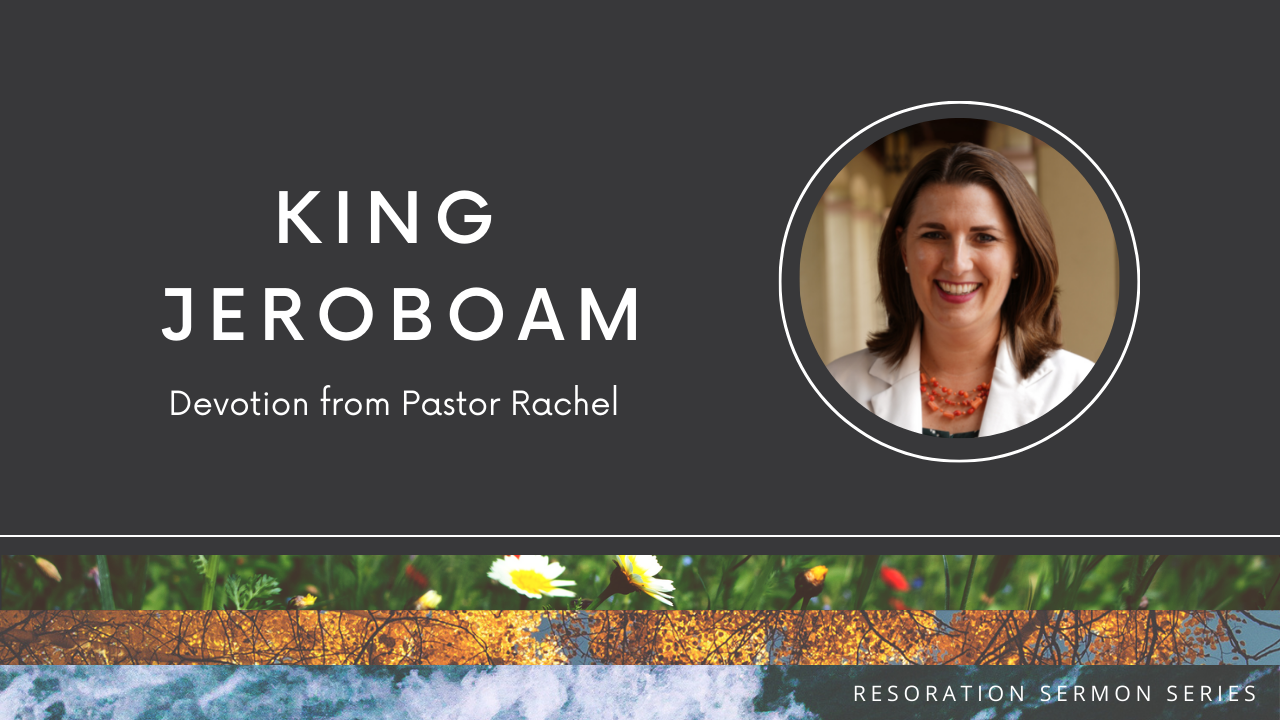
Welcome to our first weekly devotion in the Amos Series. Over the next 9 weeks, the church will be reading together the 9 chapters from this prophetic book and unpacking it together in worship, in our Sunday School classes and in our small groups. If you haven’t joined a small group yet, it isn’t too late and one is starting this Sunday from 10-11am in between the services. If you haven’t already, please download the reflection journal with weekly guides to read ahead of time before arriving to worship each Sunday. It is our hope that you will read ahead of the Sunday’s sermon and come with your own insight, questions and convictions from your weekly study. Click here to learn more about this series!
During the pastoral weekly devotions, the pastors will be unpacking characters critical to the story of Amos. About 100 years before Amos started prophesying, the Northern and Southern Kingdoms had split, and Amos lived close to the borders in the middle of both Kingdoms. At the time of Amos, Jeroboam, son of Jehoash was the leader of the Northern Kingdom. He was considered a military leader who had won new territory and generated wealth. But, in the eyes of the prophets, he was one of the worst kings ever because his wealth had led to apathy and idol worship, which led to injustice and the neglect of the poor.
Let’s learn a little more about King Jeroboam and what his character might reveal for us. Jeroboam lived and ruled from 785-745 BCE, so roughly 40 years. He was the 13th King to rule over the ancient Kingdom of Israel in the 8th century. What immediately struck me as I sought to learn more about this character is not that he was particularly good or bad, as that could be decided by the perspective of the writers of history, but how one defines success. How would you define a successful ruler? Would success be defined as acquired wealth, more materialism, military power, increased natural resources or influence? Or would you define success in other ways? How, for instance, would you gauge a successful president or Prime Minister? How would one be a successful business owner, pastor or community leader? How do you define a successful marriage, family, raising of children and overall a successful legacy?
For me, the character of Jeroboam begs the question of defining success. Over the last 2 months I have had the privilege of facilitating a Parenting Class during the discipleship hour from 10-11am on Sunday mornings. The book we are reading and studying together really calls into question what raising a “successful” child really is. Is a successful child growing to adulthood about getting good grades, acceptance to the top schools, star team player, and eventually providing for themselves? Or is success about their character, their integrity, their ability to be kind and brave and ultimately to be a shining light of Christ’s love in this broken world? As you might guess, “success”, in the upside Kingdom is different than what was displayed by King Jeroboam in the 8th century. While the world may look at a military leader who has acquired much wealth and allowed everyone to worship their own gods as a “successful” leader, the book of Amos tells a different story. We will come to find out together that the “successful” ruling of Jeroboam lead to a divided nation that worshipped gods of their own choosing, paid little attention to the morality of how the wealth was acquired, created a hypocritical religious class of people and ultimately neglected the poor. And so, it didn’t take long for God to use the prophet Amos to speak a convicting truth to the people under his leadership and not more than 40 years later were they conquered by an even more evil and brutal enemy, the Assyrians.
My prayer for us today as we make this holy word a part of our own story is to begin asking the questions about success.
- Do the leaders in your life exemplify success that is of God’s Kingdom, or the Kingdom of this world?
- As you look back on your life and evaluate success, has your definition changed and if so, why?
- Have there been things in your life that felt like a success in the midst of it, but later you learned had missed the mark?
- Can you look back and see things that felt like failure actually redeemed and restored by God’s grace that later seem like success?
May God add God’s blessing to the reading and praying through of this word.



